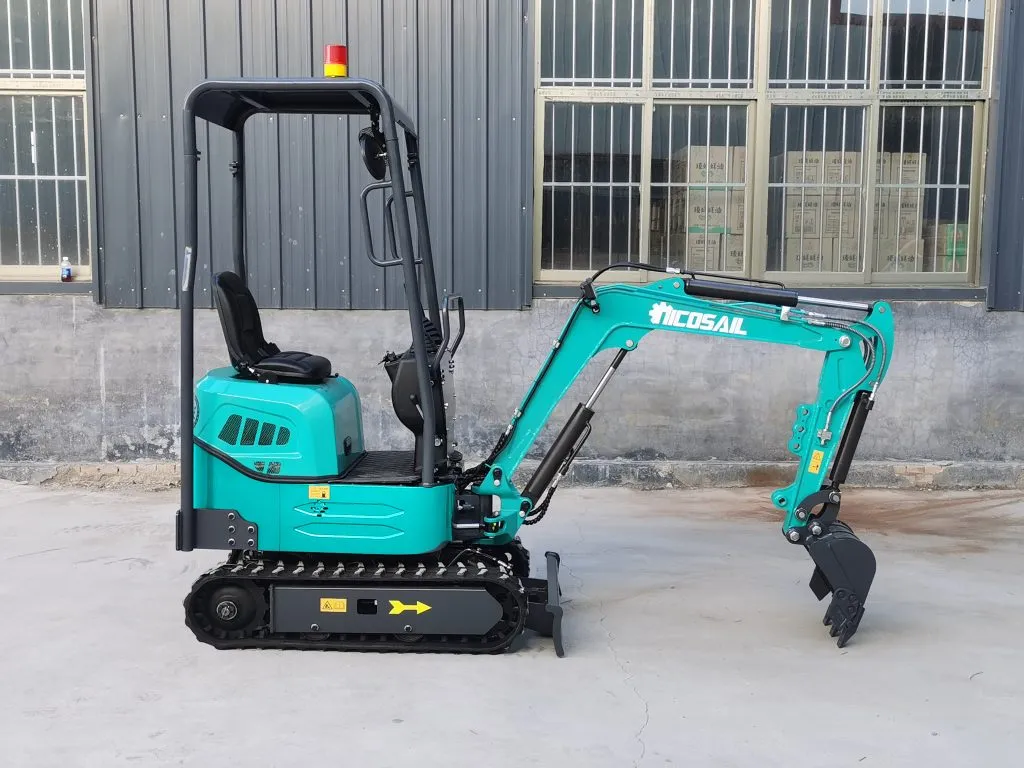Parking an excavator correctly is crucial to prevent damage and ensure safety. This post explores the right way to park an excavator and highlights common mistakes to avoid.
Common Parking Mistakes with Excavators
- Ignoring the Boom Brake: Failure to engage the boom brake can lead to the boom dropping unexpectedly, risking damage or injury.
- Neglecting to Check Surroundings: Starting the excavator without checking for obstacles can result in damage to property and endanger nearby individuals.
- Not Inspecting Tracks: Ensuring the excavator’s tracks are in good condition is vital to prevent accidents.
Proper Excavator Parking Steps
- Level Surface: Park on a level surface to avoid tipping.
- Solid Ground: Choose a firm surface, avoiding soft areas like grass or sand that may cause sinking.
- Engage Handbrake: This keeps the excavator stationary and secure.
- Use Track or Wheel Chocks: Place chocks under tracks or wheels to prevent unintended movement.
By adhering to these guidelines, you can park your excavator safely, reducing the risk of accidents and equipment damage.
Operating an Excavator in Tight Spaces
Operating an excavator in confined spaces requires careful positioning and awareness of the surroundings to avoid causing damage. Ensure the bucket is correctly positioned to facilitate smooth operation and prevent environmental damage.
Remember, proper parking and cautious operation in tight spaces are key to maintaining safety and efficiency when handling an excavator.


